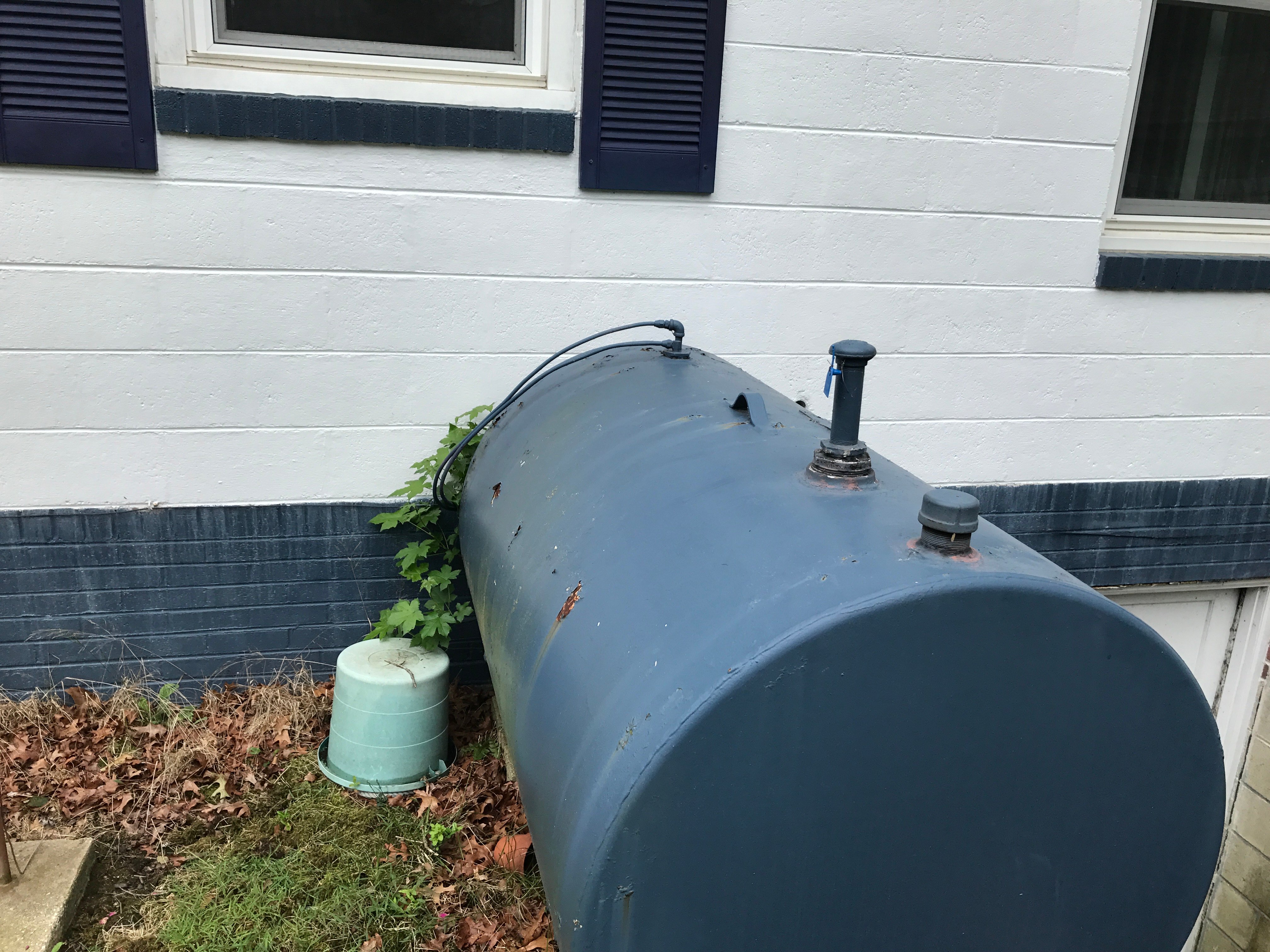Buying a home is one of the top ten most stressful situations in an adult’s life. The stress of the inspections, cost of inspections, time and effort put into buying the home is extensive. The amount of inspections one will go through to buy a property could be, at least, totaling six (6). One of those inspections should include searching for an underground oil tank.
Underground oil tanks have a finite life span and were not built to last forever. If you forego the tank scan, you may have just bought yourself an underground oil tank. If the tank leaks you could be faced with a large and pricey problem. Not all recent homeowners are even aware that they bought a home with an underground oil tank.
Top 8 Reasons for a Tank Scan:
1. House built before 1980.
2. Above Ground Oil Tank.
3. Fill Pipes.
4. Vent Pipes.
5. Copper lines are visible.
6. Neighborhood that typically has Underground Storage Tanks
7. Furnace Chimney.
8. Previous tank scan was done with a magnetometer.
House built before 1980
If the house was built before 1980 you should presume that there could be an underground oil tank unless the seller provides you information otherwise. But beware, if a tank scan was done with a magnetometer, the scan may not have been enough to identify an underground oil tank. Ground Penetrating Radar is the most advanced technology used in today’s market to identify buried tanks.
Owner has no knowledge of prior oil heat
Oil was king from 1900 to late 1980, tanks were installed after 1980 but they are not as common.
We tell people assume the property had oil heat, prove to me it did not.

Above Ground Oil Tank
Prior to oil used as the main heating source, coal was providing the heat in the home. Coal was difficult on the homeowner, as you would have to shovel coal every 4-8 hours to keep the heat on. After coal, oil tanks became a popular heating source. The tank was buried as it was not an added value in the property aesthetics. When homeowners believed that the underground oil tank was no longer working, or it was time for a new tank an aboveground oil tank was installed. In essence, if there is an aboveground oil tank than there is a possibility that an underground oil tank exists on the property.
 Fill Pipe
Fill Pipe
Oil tanks have fill pipes where the oil is distributed to the vessel. The fill pipe is attached to the oil tank and is what the oil delivery company uses to fill the tank with oil. If the fill pipe is noticeable during the home inspection, then that is a sign of an underground oil tank.

Vent Pipe
The vent pipe on the oil tank allows air/fumes to escape from the tank when the fuel is being added. The vent pipe commonly has a mushroom like cap to keep water from entering the oil tank. If a vent pipe is visible than that is sign that there my have been an underground oil tank at the property. If only a vent pipe is found then that means the tank may have been abandoned in place, meaning filled with sand or another inert material.

Copper Lines
The oil fuel lines are made of copper tubing (lines) that allow the fuel to move from the tank to the furnace and back to the tank. The supply line provides the fuel from the tank to the furnace and the return line supplies the fuel that was not used back to the tank. If there is any evidence of current lines or lines that were cut, then there may have been an underground oil tank.
Neighborhood
Neighborhoods start with one home, moving to many, many more homes. Each neighborhood has a timeline, starting with the first home built. If this home was built prior to the 80’s than there is a possibility that a tank was on the property. The neighborhood may not have had a gas hook up line till after the homes were built, meaning there needed to be another source of heat prior to gas. If the neighborhood homes were built prior to gas in the neighborhood that it is likely that there is another source of heat and that could mean an underground oil tank.

A Furnace Chimney
In many old homes the chimney was not just used for wood burning, it was used for coal or oil. Check the chimney and see how many flues there are.
Previous tank scan with a Magnetometer.
There have been many instances where Curren Environmental is called upon to determine whether what the previous metal detector tank scan found is an underground oil tank. Metal detectors find any metal in the structure or asphalt/concrete. A/C units, reinforced concrete and chain link fences all have metal. There have been water lines and sewer lines that have been thought to be underground oil tanks, or on the flip side they were thought to be sewer or water lines and not an underground oil tank. To save money on inspections, start with the Ground Penetrating Radar not with a metal detector.

More questions? Call our office today and speak to someone in person.
Call the Experts
888-301-1050


